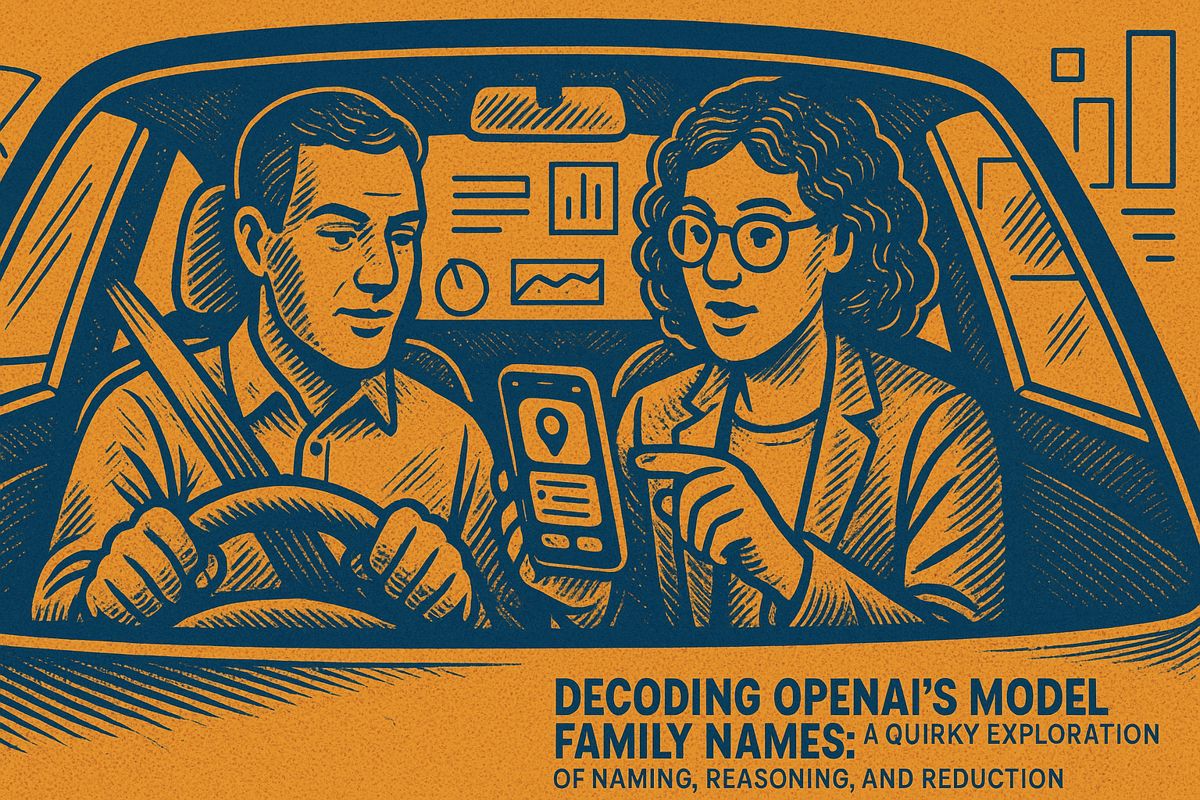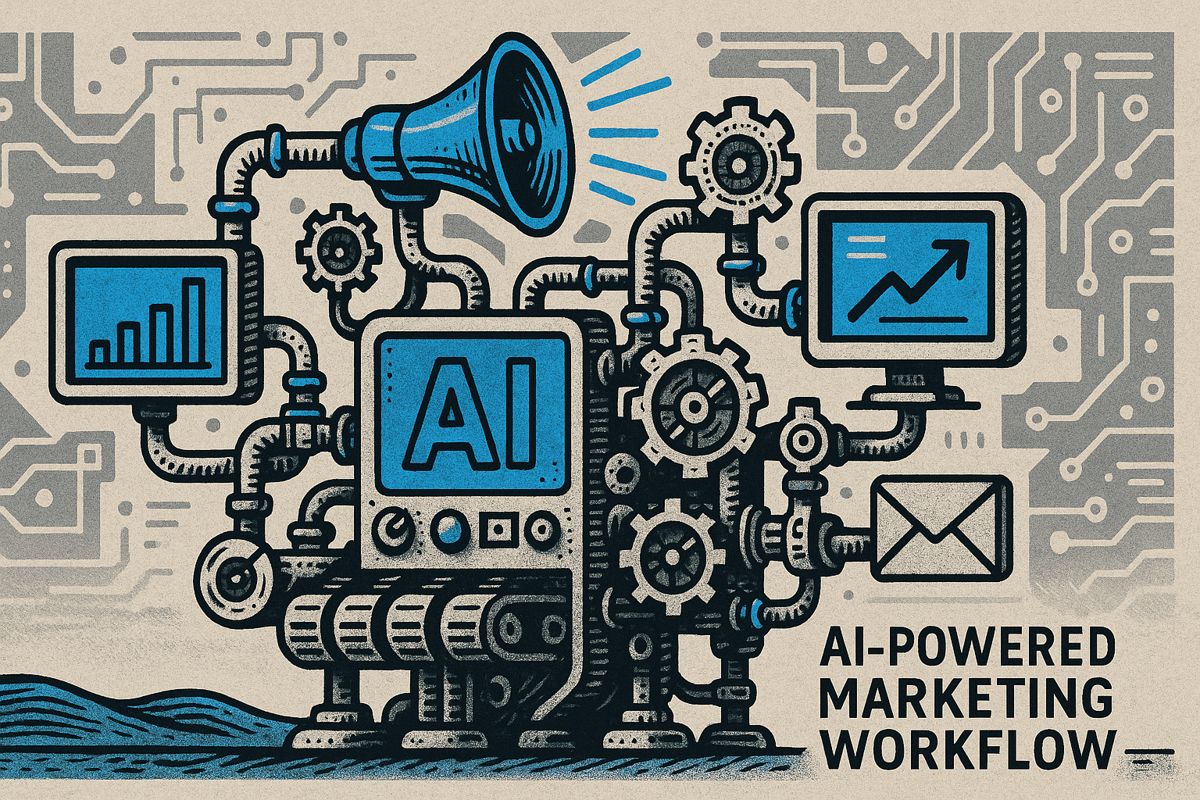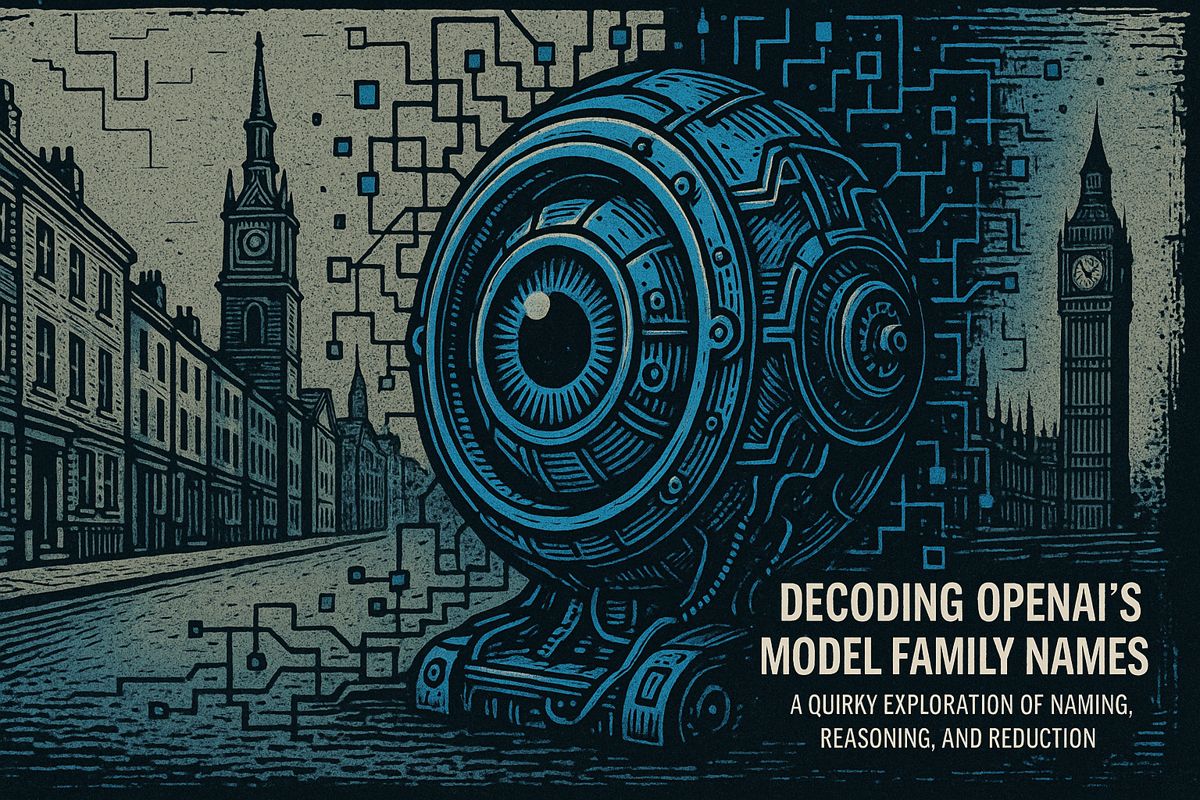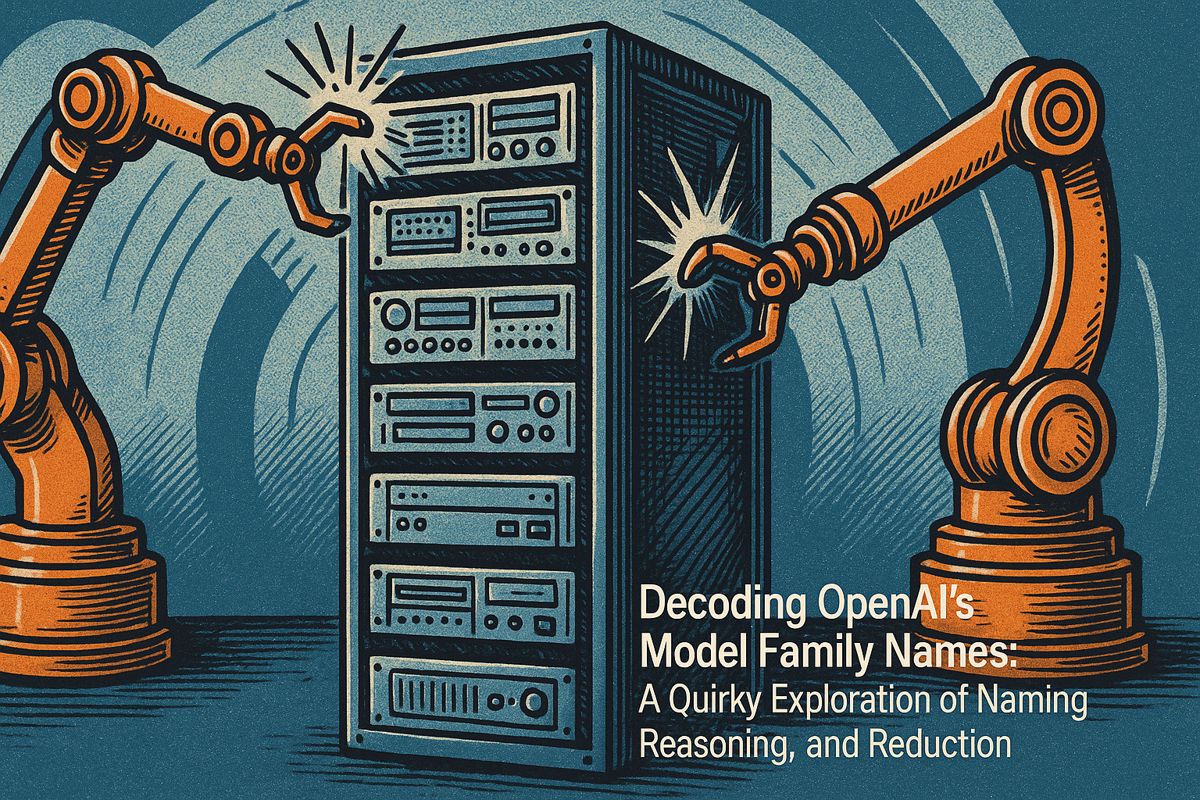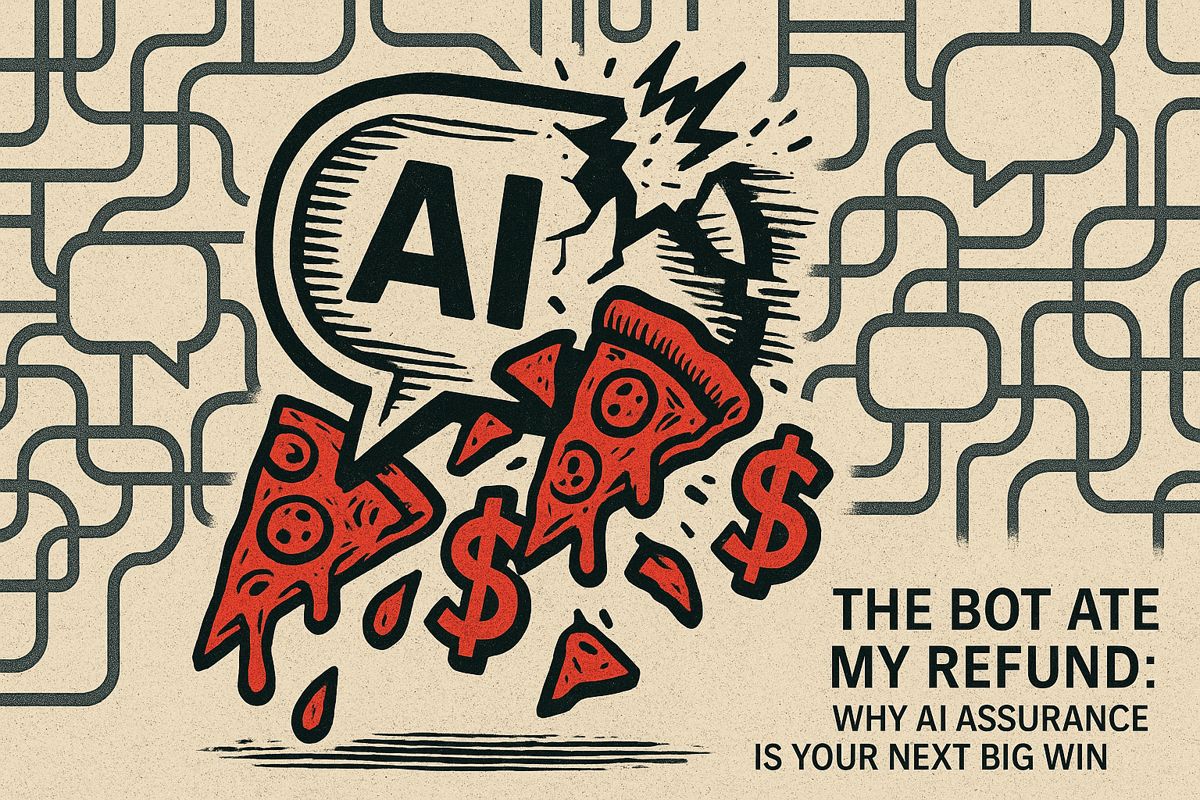Here’s the text with the most important phrase in bold markdown:
Sachin Kansal, Uber’s Chief Product Officer, drives innovation by personally experiencing user journeys and delivering food himself to understand app friction. He meticulously tracks product improvements through detailed reports, logging over 700 rides and deliveries to gain firsthand insights. Uber’s product strategy emphasizes rapid development cycles, with features moving from concept to customer in days, not months (source). The company’s approach focuses on actionable inputs, using AI tools to synthesize feedback and create delightful user experiences in short, impactful moments. Kansal’s philosophy centers on shipping quickly, learning continuously, and creating products that dazzle users in their brief interaction time.
What Makes Uber’s Product Strategy Unique Under Sachin Kansal?
Uber’s Chief Product Officer drives product innovation by personally experiencing user journeys, implementing rapid development cycles, and focusing on actionable inputs. His approach emphasizes dogfooding, quick shipping, and creating delightful user experiences through direct, hands-on product management.
Getting in the Driver’s Seat (Literally)
There’s a strange pleasure in watching leaders at tech titans upend the obvious – like unwrapping a puzzle box where the trick is, well, you thought you knew the trick. I recently caught an interview with Sachin Kansal, Uber’s Chief Product Officer, and it felt oddly like time travel: straight back to my own not-quite-glorious battles with Palm Pilots (those plastic rectangles that made even the simplest notes a chore). Remember the slow agony of tapping out an address? Now, imagine Kansal – Stanford credentials, executive polish, but sleeves rolled up – actually delivering Big Macs just to feel the same app friction as the rest of us. That’s not theoretical. That’s dogfooding, and Uber’s taken it to the hilt.
I felt a little thrill when I heard Kansal’s story wasn’t some sanitized fable. He isn’t above the grind (who is, really?). The reality: this is a leader who’s logged over 700 Uber rides and deliveries himself. That’s dedication – or maybe a touch of masochism. Picture him: phone vibrating with test builds, seat warm from the engine, scribbling notes between pickups, and snapping screenshots just as the Golden Gate Bridge blurs past the window. The sensory detail stuck with me: the faint scent of fries, a rumble in the trunk, his phone half-chewed by app betas. I have to wonder – does the CPO ever get stuck in traffic and curse his own UI?
Turning Friction Into Fuel
But Kansal doesn’t just jot down what’s broken; he dissects it. Forty-page reports, no less—each one a forensic study of the customer journey. Screenshots, annotated pain points, specific tags for every responsible team, and a rigorous follow-through until the last bug is squashed. I winced at the sheer volume. Even now, I remember my own first attempt at bug reporting: five bullet points, hastily dashed in an email, promptly forgotten. Lesson learned. Kansal’s process is different. It’s less like a suggestion box, more like the Talmud of product management.
This approach is far from isolated – it’s institutional. Uber’s “dogfooding weeks” have become as regular as clockwork, pulling in engineers, designers, and managers alike. It isn’t just a photo-op for the press. Employees head out into the real world, sweating the tiny details alongside the people who actually use Uber’s services to get to a job interview, or, let’s be honest, a late-night Domino’s run.
What strikes me is the accountability. These aren’t notes tossed into a digital void. Every gripe, every screenshot, is assigned and tracked through resolution. The culture here reminds me of the old-school kaizen meetings at Toyota – relentless, iterative, unglamorous. There’s a whiff of ozone in the air, something electric about a company where the CPO’s dirty work sets the tone.
Ship, Ship, Ship: When Speed Is the Secret Sauce
Kansal’s mantra, “ship, ship, ship,” echoes in my head like the clang of a foundry – repetitive, a little abrasive, but effective. Uber’s product cycles snap forward at breakneck pace. Gone is the stodgy waterfall model so beloved by Fortune 500 types. At Uber, a feature can move from concept to customer hands in a matter of days, not the endless months I once endured in a previous role (oh, the meetings that could have been emails).
Is it risky? Of course. Some features flop with a dull thud. But the lesson’s in the repetition: Kansal pushes PMs to finish five full product cycles in three years. It’s experience, not theory, that breeds judgment. I’ve caught myself, more than once, chasing some shiny best practice only to realize – much too late – that mileage matters more. Painful, but true.
Uber’s evolution under Kansal is pragmatic to the core. The wild west days of building in-house AVs are over; now, Uber partners with fifteen or more autonomous vehicle companies, juggling a menagerie of protocols, personalities, and service agreements. COVID was the crucible: the company shed costly “moonshots” like Elevate, doubled down on core profitability, and found nimbleness in the chaos. The hybrid marketplace – robots off-peak, humans on call – may not be poetic, but it’s resilient.
AI, Inputs, and the Art of Dazzle
If you think AI is just another buzzword on a pitch deck, think again. Kansal weaves tools like ChatGPT and Google Gemini straight into his process: summarizing sprawling reports, synthesizing user feedback, and even brainstorming features with the algorithm as sidekick. There’s a bit of envy in me, I admit it – where was this digital assistant back when I was parsing log files at 2 a.m.? That’s progress (and no, I’m not bitter…much).
But here’s what really matters: Kansal always zeros in on inputs, not vanity outputs. “Focus on controllable inputs; outputs follow.” Not exactly poetry, but oddly comforting in its practicality. Why chase glittery metrics when you can actually improve what’s in your grasp?
And the final truth, which lands like a splash of cold water: “Users spend minutes, not their lives, inside your product. Dazzle them in that tiny window.” It’s a reminder that joy, or at least satisfaction, in digital products is fleeting – a firefly’s glow, quick and bright.
So, what do I take from Kansal’s example? Humility, for one. Curiosity, definitely

